Subscribe to our newsletter to find out about all the news and promotions, and automatically receive a welcome discount coupon in your email.
Plantar fasciitis is the most frequent injury in athletes. It occurs due to the overload of the fascial tendon tissue that supports the foot, and which is located on the sole.
 Athletes who make continuous effort and very repetitive movements with their feet, such as athletes or soccer players, are the most affected by this ailment
Athletes who make continuous effort and very repetitive movements with their feet, such as athletes or soccer players, are the most affected by this ailment
• So that the injury does not become chronic, the application of ice, massages, ultrasounds, special bandages or more suitable footwear is recommended.
• Experts only recommend surgery if pain persists after three months of treatment
The foot is one of the key anatomical structures in the athlete. Any discomfort caused by the effort involved in high competition, which affects this area, conditions the mechanics and can cause other injuries to the knees, hips, etc.
Due to its forced use or to footwear, it can become irritated or inflamed, producing pain that can last in the athlete's life.
What is plantar fasciitis and how does it occur?
The function of the plantar fascia is to provide stability and shock absorption capacity to the longitudinal arch of the foot. The inflammation of the membrane or aponeurosis that covers the muscles of the sole of the foot and its insertional area in the heel, caused by the tractions in each impact and in the propulsion movements of the foot, is what is called in sports medicine, plantar fasciitis.
The high-performance activity to which professional athletes subject their heels, especially when running on hard ground or surfaces, cause continuous percussion on the soles of the feet, which produce micro-traumatisms, which in turn are responsible for a possible inflammation of the heel and its consequent generation of pain.
In some cases, chronic heel pain can also be caused by the so-called calcaneal spur (peak at the bottom of the heel that is seen on x-ray), which also causes inflammation around the fibers of the fascia, although it does not have why be the cause of fasciitis. Between 15 and 25% of the population have a calcaneal spur but do not experience pain and, on the contrary, many runners with fasciitis do not.
The main causes of this injury are:
• Overload. It is usually the most common and is caused by the excessive use of the joint or the repetition of a sports technique developed in a wrong way.
• Change of footwear. It is very common for pain to appear in the plantar fascia when renewing sports shoes.
• Bone problem. Some bone-type malformation can cause plantar fasciitis.
Main symptoms
When suffering from plantar fasciitis the main symptoms are:
• Pain. It is what the patient suffers the most, and the first thing they notice when doing any sporting activity.
• Hypersensitivity and swelling.
• Heat.
• Redness.
• Tension in the sole of the foot.
Prevention
The prevention of plantar fasciitis is relatively simple: warming up and stretching before physical exercise is essential to avoid it. Before each workout, a light run of 5 or 10 minutes is recommended. Afterwards, it is necessary to perform, in addition to general stretching, specific stretching of the sole of the foot to reduce the likelihood of injuries to the fascia of the foot and muscle tendon structures.
Choosing the right shoe is essential. The shoe must be comfortable, with an adequate size to the foot since the feet may not be symmetrical. The athlete must try on each new pair of shoes even if they are the same model that they usually use.
How to treat plantar fasciitis
Once the diagnosis has been made, usually through a physical examination and the description of the symptoms reported by the patient, the sports doctor will decide which is the action protocol to be carried out. Only exceptionally is surgery used to treat this type of injury.
Although, there is no evidence of the effectiveness of a specific treatment for plantar fasciitis, there is a series of recommendations that in many cases can lead to its cure. Among them is the correction of training errors.
To heal quickly and without relapses, the injury must be identified as soon as possible and begin to avoid the painful gesture that causes it, since once it is established, it can take 8 to 18 months for the definitive healing.
The most effective treatments are:
 • In the acute phase of pain, ice will be used, and massages will be applied to the area for 10 or 20 seconds, 3 or 4 times a day. This prevents inflammation. Repeated use of ice or cryotherapy is the most effective treatment as cold limits pain, swelling, bruising and inflammation.
• In the acute phase of pain, ice will be used, and massages will be applied to the area for 10 or 20 seconds, 3 or 4 times a day. This prevents inflammation. Repeated use of ice or cryotherapy is the most effective treatment as cold limits pain, swelling, bruising and inflammation.
• Continuous ultrasounds (5-10 W / cm) for about 5 minutes a day will be used in the post-acute phase of the injury, at 48 hours. The effects of ultrasound (pain reduction, increased blood flow, increased metabolism and reduced muscle spasm) help in the treatment of the injury, and give a good result in athletes.
• A deep massage, in small circular movements over the affected region, will reabsorb the edema and reduce muscle spasm.
• The combination of ultrasound with electrical stimulation can also be effective. Ultrasound acts on deep tissues and muscle stimulation increases the flexibility of the sole of the foot.
• Extracorporeal shock waves can help runners and athletes with plantar pain of more than a year of evolution, with chronic pain in the heel area. Some doctors recommend it, but its effectiveness is still under study.
• Taping (bandaging with adhesive tape strips) can help relieve pain. Such a bandage will limit the stress on the plantar fascia. It is also useful in case of a rupture of the aponeurosis.
• When experiencing acute pain, shock absorption insoles, shock insoles, custom insoles with prior biomechanical studies can be used to correct varus valgus of the foot.
If medical treatment fails, surgery can be performed.
Source: Sanitas.es
42K · All rights reserved
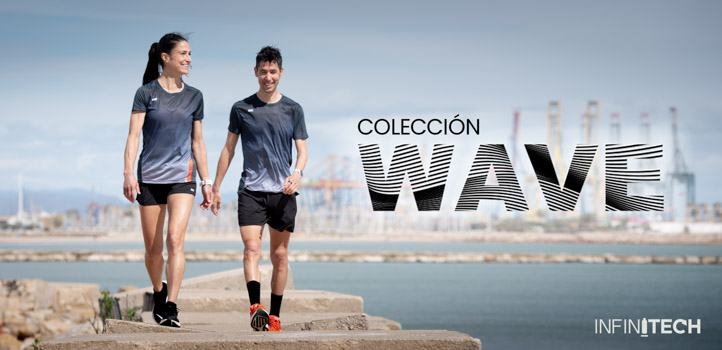
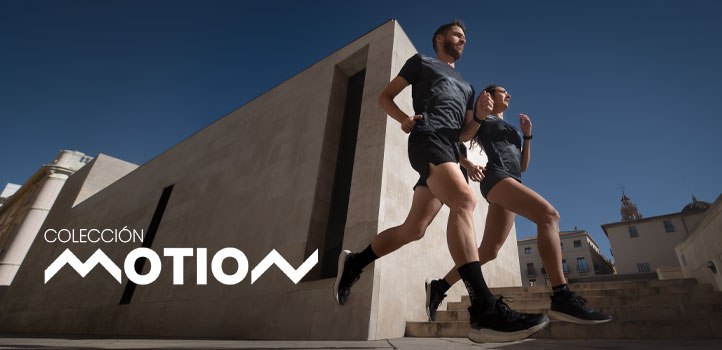

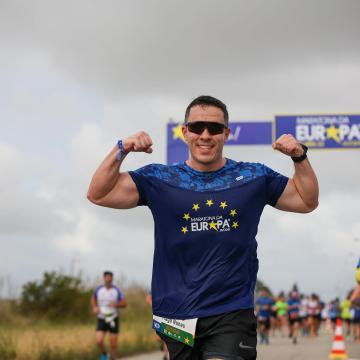

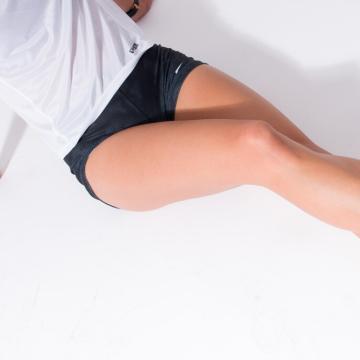
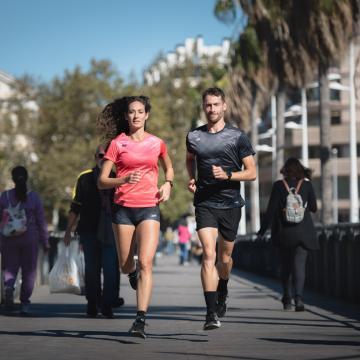



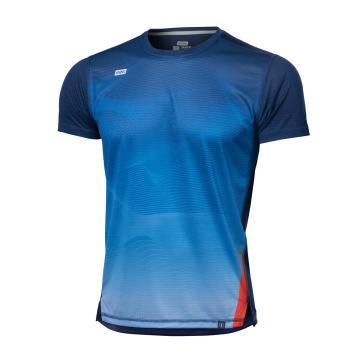
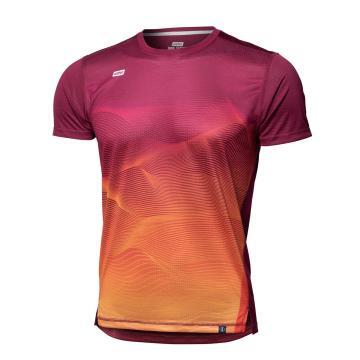
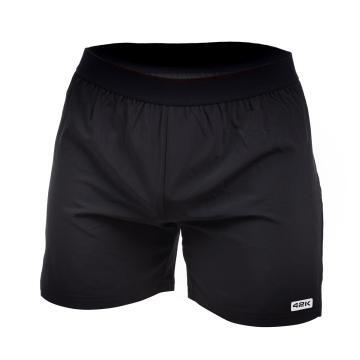
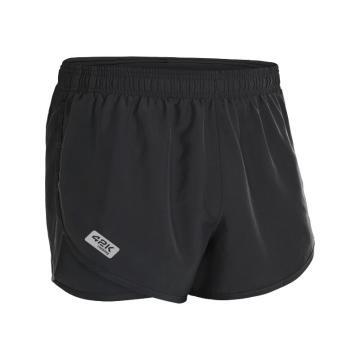
Comments
Post a first comment for this entry!